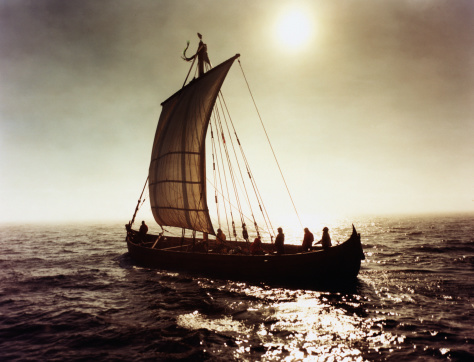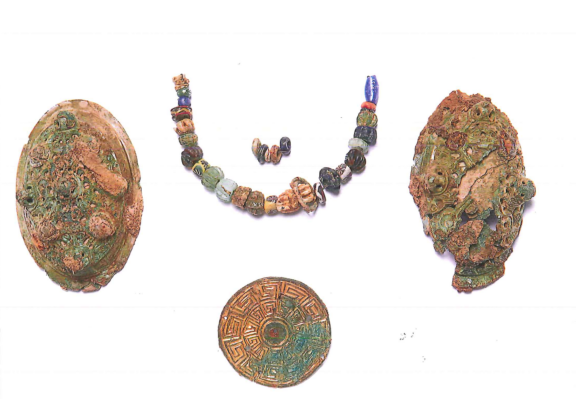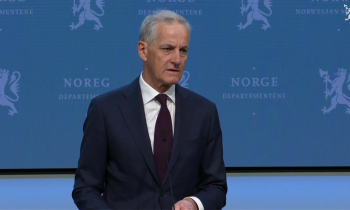
A Viking woman buried in Denmark more than a millennia ago was born in Norway, an archaeologist has discovered. Her case highlights once more that the Vikings were mobile people, accustomed to migrating to other lands.
The woman’s remains were placed in a Viking grave in Randers, in Denmark’s Jutland peninsula. It was first excavated fourteen years ago by Ernst Stidsing, the curator at East Jutland Museum.
A number of wealthy and elaborate grave goods such as a broach, a knife and a necklace with bronze and glass pearl were recovered.
All these objects suggest that it was a wealthy woman of high status which was laid to rest there. However, no human remains – except for a few fragments of teeth – were preserved.
At the time of the excavation, Stidsing had found one object that he had never seen before – a brooch made from a decorative plaque which had been taken from a holy shrine.
“I had not seen anything like this before from the time of the Danish Viking Age, but I later found that this type of jewellery was not so uncommon in Norway and that it could also have been plundered from sites in Northumbria, Ireland or Southern Scotland. But at the time, we were not able to verify this by analysing the origins of this woman,” Stidsing told IBTimes UK.
 Now, the archaeologist has been able to dig deeper in the woman’s past, examining what remains of her teeth with a strontium isotope analysis. Strontium isotope composition of tooth enamel can provide valuable information about where an individual is born and where spent their childhood.
Now, the archaeologist has been able to dig deeper in the woman’s past, examining what remains of her teeth with a strontium isotope analysis. Strontium isotope composition of tooth enamel can provide valuable information about where an individual is born and where spent their childhood.
The method works because strontium isotopes provide a fingerprint for different rock types and thus, indicate geographical locations where people might have spent time.
Here, the archaeologists have found clear indications that the woman was born in Norway and grew up there. It is not clear what led her to Denmark, although such movements wouldn’t have been uncommon for her and her contemporaries.
“We don’t know how she ended up in Denmark. Maybe her presence there is connected to an arranged marriage with a Viking from the region but we can’t know for sure. We don’t even know her age, since only parts of her teeth remain for us to analyse. So mysteries remain, but she is a proof that migration was taking place between countries in the Viking Age,” Stidsing concluded.
(ibtimes)



